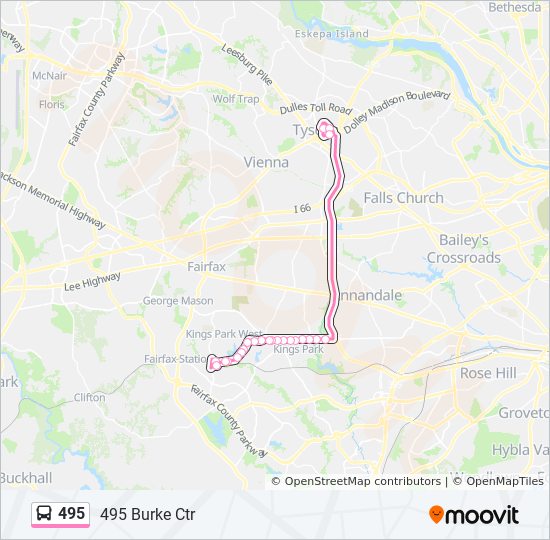
Without transit, Northern Virginia would see more vehicle trips, particularly to employment centers like Tysons and Reston (via NVTC) The impact would be widespread for outgoing trips, but trips coming into Northern Virginia would be concentrated around employment centers, including Tysons and the I-66 corridor as well as Reston and Herndon along the Dulles Toll Road. Overall, the county would see 122,918 more vehicle trips without transit, a 4.7% increase. About 72% will be taken by households earning $100,000 or less. “Even with planned capacity improvements, the region would not be able to accommodate the number of households and employment numbers currently forecasted for 2025,” the report said.Īccording to the report, NVTC projects that 193,558 transit trips will be made from Fairfax County, including the cities of Fairfax and Falls Church, in 2025. Widening the Potomac crossings without also providing transit “is not a viable scenario,” NVTC says in its report, noting that the low-income households most dependent on transit “would likely not be able to live in Northern Virginia without” it. “That means the proposed future route from Tysons to Bethesda, using the American Legion Bridge, was not included since it won’t be in service by then.” “Our study evaluated the difference between what’s currently planned for 2025 and a scenario in which all transit in Northern Virginia is removed,” NVTC said.

Replacing the American Legion Bridge would allow the Beltway to move 5,400 more people an hour, VDOT has said, but the endeavor will cost an estimated $1 billion.Īccording to an NVTC spokesperson, the study’s calculations incorporated the 495 NEXT project, but it didn’t include the possibility of future bus service between Tysons and Bethesda, as proposed by both Fairfax Connector and Metro.

However, Maryland’s plans to replace and expand the bridge remain in limbo following the exit of its private partner. The Virginia Department of Transportation has forecast that the 495 NEXT project will move approximately 2,500 more people per hour in both directions, starting in 2025. Projected Potomac River bridge peak traffic volumes in excess of capacity (via NVTC)Ĭonstruction is underway to widen the Capital Beltway (I-495) by adding two toll lanes in each direction from the Dulles Toll Road to just south of the American Legion Bridge. The American Legion Bridge would exceed capacity by 3,651 vehicles under the “base” conditions and by 7,379 vehicles under the “no transit” scenario - a 102% difference. The report notes that rush-hour traffic on all of the Potomac crossings is projected to exceed capacity in 2025 regardless of transit availability. Without transit, however, the capacity constraint on the bridges would be substantially greater,” the study report says. “These bridges are congested today, and congestion will increase in the future. The other bridges across the Potomac River would see even bigger differences, led by a 39.2% increase on the Arlington Memorial Bridge.

Released today (Thursday), the study found that the American Legion Bridge - the only direct link between Fairfax County and Maryland - would need to carry 24,653 or 8.2% more vehicles per day in 2025 if there was no transit (325,619 vehicles) compared to the projected traffic volume with transit (300,965 vehicles). That’s the scenario posed by the Northern Virginia Transportation Commission (NVTC) in a new study on the value of the region’s transit network, including Metro, local bus services like Fairfax Connector and the Virginia Railway Express (VRE). If you find trips on the Capital Beltway into Maryland nightmarish now, imagine what they would be like without any transit options. The American Legion Bridge into Maryland (staff photo by Angela Woolsey)


 0 kommentar(er)
0 kommentar(er)
